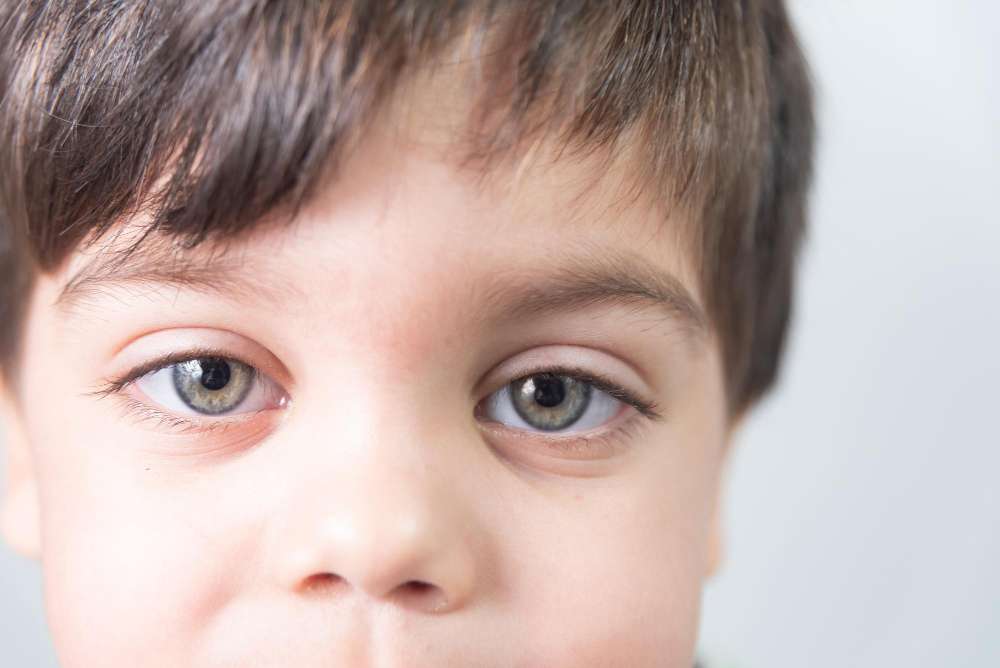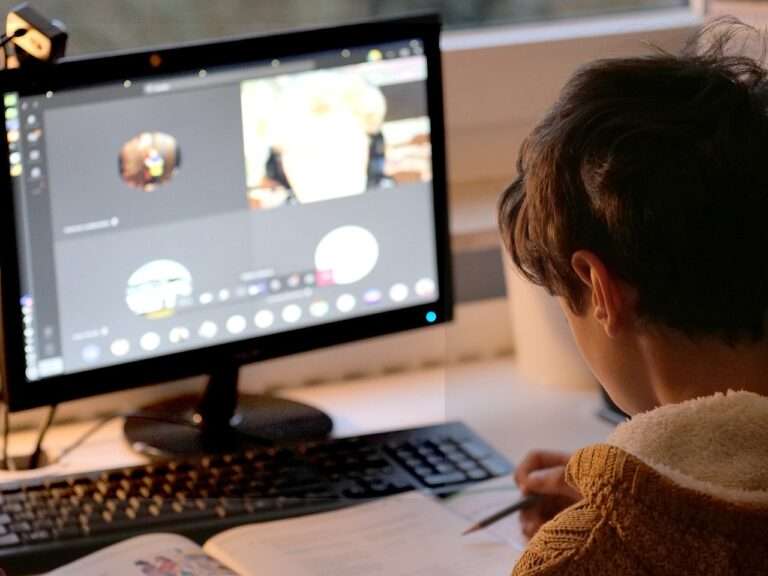How often should my child’s eyes be examined?
The frequency of eye exams for children is crucial for early detection and treatment of vision problems, which can significantly impact their learning and development. The American Optometric Association (AOA) offers these general guidelines:
- Infants: First exam at 6 months of age to ensure the eyes are developing normally and to identify any early signs of eye health issues.
- Toddlers: An exam at age 3 to detect any vision problems that could affect learning as they start engaging with more visually demanding tasks.
- School Age: Before starting kindergarten, or around age 5 or 6, children should have their vision checked to ensure they’re ready for school-related visual challenges.
- School Years: For children without vision correction, an eye exam every two years is recommended. For those with glasses or contact lenses, or for children at risk of developing eye and vision problems, annual exams are advised.
These are general guidelines, but individual needs may vary, especially if your child has risk factors for vision problems, such as a family history of eye issues, developmental delays, or observed signs of vision difficulties. If you notice your child squinting, holding books too close, avoiding reading or close work, complaining of headaches, or showing a decrease in academic performance, it might be time for an eye examination regardless of their last check-up. Regular eye exams are key to ensuring your child’s visual health supports their educational and developmental success.
------------From our Sponsors------------









